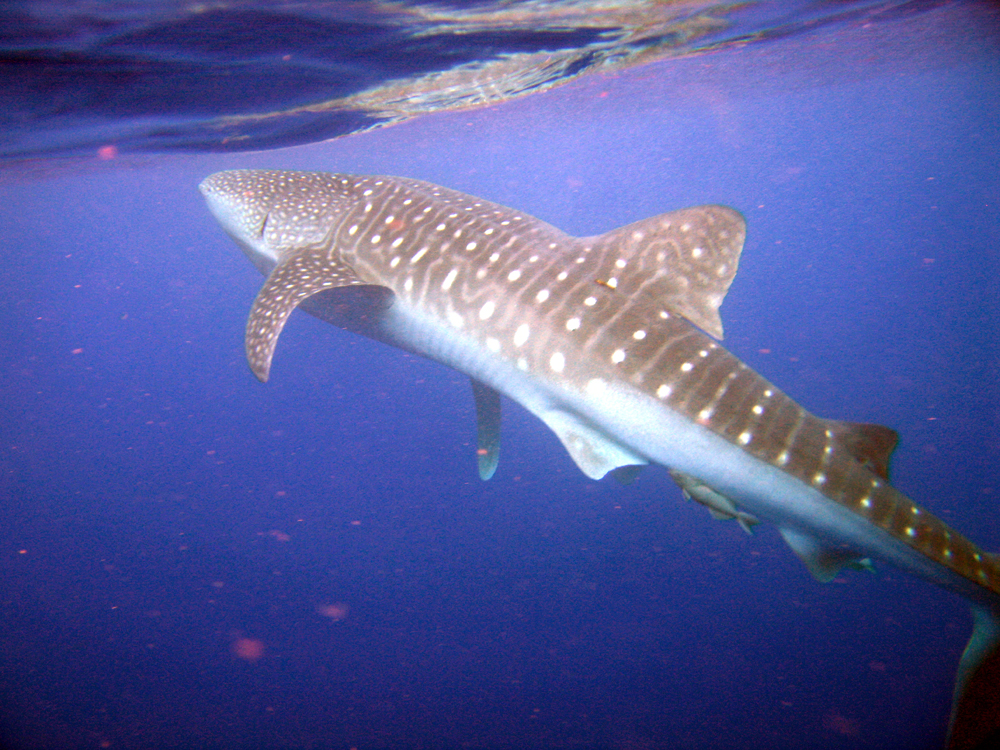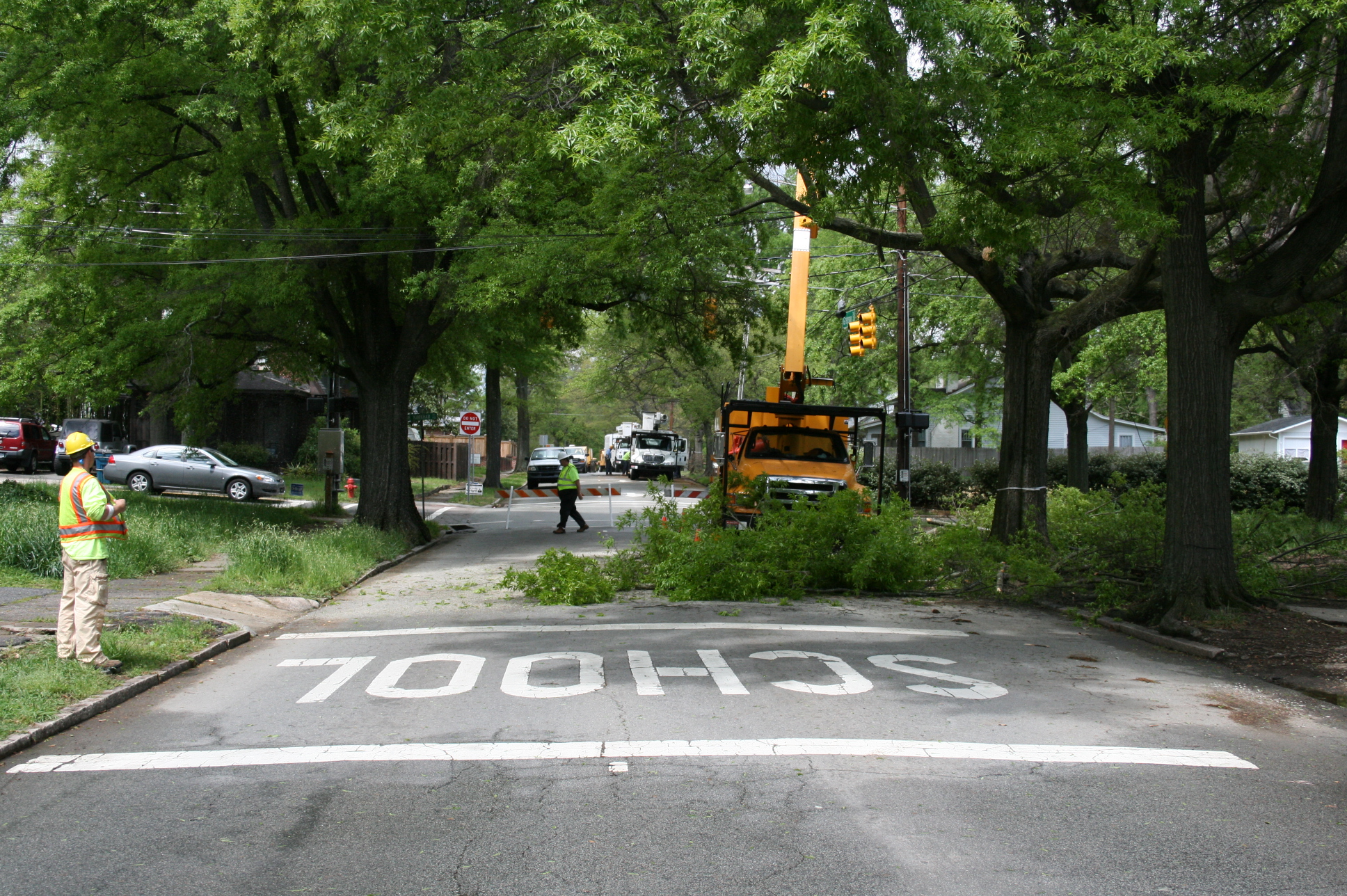|
Dipteryx Panamensis
''Dipteryx oleifera'' (syns. ''Dipteryx panamensis'' and ''Coumarouna panamensis''), the tonka bean, eboe, choibá, or almendro (almond in Spanish), is a species of emergent rainforest tree up to tall in the family Fabaceae (the subfamily Papilionoideae), native to Honduras, Nicaragua, Costa Rica, Panama, Colombia, and Ecuador. A valuable hardwood timber tree, its almond-flavored seeds are edible and sold in local markets. Its seedpods are so oily that locals use them as torches. It has "great potential" as an ornamental due to its spectacular bloom of pink flowers which lasts for weeks, and is used as a street tree in Medellín Medellín ( ; or ), officially the Special District of Science, Technology and Innovation of Medellín (), is the List of cities in Colombia, second-largest city in Colombia after Bogotá, and the capital of the department of Antioquia Departme ..., Colombia. The flowers are followed by green fruit up to with seeds which are a critical food item ... [...More Info...] [...Related Items...] OR: [Wikipedia] [Google] [Baidu] |
George Bentham
George Bentham (22 September 1800 – 10 September 1884) was an English botanist, described by the weed botanist Duane Isely as "the premier systematic botanist of the nineteenth century". Born into a distinguished family, he initially studied law, but had a fascination with botany from an early age, which he soon pursued, becoming president of the Linnaean Society in 1861, and a fellow of the Royal Society in 1862. He was the author of a number of important botanical works, particularly flora. He is best known for his taxonomic classification of plants in collaboration with Joseph Dalton Hooker, his ''Genera Plantarum'' (1862–1883). He died in London in 1884. Life Bentham was born in Stoke, Plymouth, on 22 September 1800. His father, Sir Samuel Bentham, a naval architect, was the only brother of Jeremy Bentham to survive into adulthood. His mother, Mary Sophia Bentham, was a botanist and author. Bentham had no formal education but had a remarkable linguistic aptitude. By ... [...More Info...] [...Related Items...] OR: [Wikipedia] [Google] [Baidu] |
Dipteryx
''Dipteryx'' is a genus containing a number of species of large trees and possibly shrubs. It belongs to the "papilionoid" subfamily – Faboideae – of the family Fabaceae. This genus is native to South and Central America and the Caribbean. Formerly, the related genus '' Taralea'' was included in ''Dipteryx''. Description The largest members of ''Dipteryx'' are canopy-emergent trees of tropical rainforests. The tonka bean (''D. odorata'') is grown for its fragrant seeds. ''Baru'' (''D. alata'') is the only species which found in drier, seasonal areas, growing in the cerrado of Brazil; its fruit and seeds are used as food and fodder. Several species are used for timber, of which almendro (''D. oleifera'') wood is considered desirable, especially locally. ''Dipteryx'' can be distinguished from other members of the Dipterygeae by its compound leaves with asymmetric leaflets caused due to an eccentric primary vein, a drupaceous fruit, seeds with a leathery skin, a h ... [...More Info...] [...Related Items...] OR: [Wikipedia] [Google] [Baidu] |
Flora Of Colombia
The Flora of Colombia is characterized by over 32,000 species of green plants. National Flower of Colombia The national flower of Colombia is the orchid '' Cattleya trianae'' which was named after the Colombian naturalist José Jerónimo Triana. The orchid was selected by botanist Emilio Robledo, in representation of the Colombian Academy of History to determine the most representative flowering plant of Colombia. He described it as one of the most beautiful flowers in the world and selected ''Cattleya trianae'' as National symbol. National Tree of Colombia The national tree of Colombia is the palm '' Ceroxylon quindiuense'' (Quindío wax palm) which was named after the Colombian Department of Quindío where is located the Cocora valley, the only habitat of this restricted range species. The Quindío wax palm was selected as the national tree by the government of Belisario Betancur and was the first tree officially declared as a protected species in Colombia. ''C.quindi ... [...More Info...] [...Related Items...] OR: [Wikipedia] [Google] [Baidu] |
Flora Of Panama
Panama is a country located in Central America, bordering both the Caribbean Sea and the Pacific Ocean, between Colombia and Costa Rica. Panama is located on the narrow and low Isthmus of Panama. This S-shaped isthmus is situated between 7° and 10° north latitude and 77° and 83° west longitude. Panama encompasses approximately . It is long, and between wide. Geology The Cocos and Nazca plates formed in the Miocene. The Panama microplate is made of oceanic crust basalt, similar to the basalt plateau at the bottom of the Caribbean Sea. The isthmus of Panama formed due to convergent tectonics of the eastern Pacific subduction zone, which created a magmatic arc extending from southern North America. The center of the isthmus, from Arenal Volcano in Costa Rica to El Valle volcano in Panama was uplifted during the subduction of the unusually thick Cocos Ridge oceanic crust, which also produced the four kilometer high Talamanca Range. The western edge of the Caribbean Pl ... [...More Info...] [...Related Items...] OR: [Wikipedia] [Google] [Baidu] |
Flora Of Costa Rica
Costa Rica, officially the Republic of Costa Rica, is a country in Central America. It borders Nicaragua to the north, the Caribbean Sea to the northeast, Panama to the southeast, and the Pacific Ocean to the southwest, as well as maritime border with Ecuador to the south of Cocos Island. It has a population of around five million in a land area of nearly . An estimated people live in the capital and largest city, San José, with around two million people in the surrounding metropolitan area. The sovereign state is a presidential republic. It has a long-standing and stable constitutional democracy and a highly educated workforce. The country spends roughly 6.9% of its budget (2016) on education, compared to a global average of 4.4%. Its economy, once heavily dependent on agriculture, has diversified to include sectors such as finance, corporate services for foreign companies, pharmaceuticals, and ecotourism. Many foreign manufacturing and services companies operate in Costa ... [...More Info...] [...Related Items...] OR: [Wikipedia] [Google] [Baidu] |
Flora Of Nicaragua
Flora (: floras or florae) is all the plant life present in a particular region or time, generally the naturally occurring ( indigenous) native plants. The corresponding term for animals is ''fauna'', and for fungi, it is '' funga''. Sometimes bacteria and fungi are also referred to as flora as in the terms ''gut flora'' or ''skin flora'' for purposes of specificity. Etymology The word "flora" comes from the Latin name of Flora, the goddess of plants, flowers, and fertility in Roman mythology. The technical term "flora" is then derived from a metonymy of this goddess at the end of the sixteenth century. It was first used in poetry to denote the natural vegetation of an area, but soon also assumed the meaning of a work cataloguing such vegetation. Moreover, "Flora" was used to refer to the flowers of an artificial garden in the seventeenth century. The distinction between vegetation (the general appearance of a community) and flora (the taxonomic composition of a community) wa ... [...More Info...] [...Related Items...] OR: [Wikipedia] [Google] [Baidu] |
Flora Of Honduras
The flora and fauna of Honduras reflects the country's geographical location inside the tropics. This has allowed for diverse species of plants and animals to be adapted, but some of them are now in danger of extinction. This has posed the Honduran government, offices and nature organizations to look after the protection of the local environment, like the creation of nature reserves. Flora The flora of Honduras is varied. Pluvioselva, classified a tropical rain forest, is one of its most impressive vegetal populations. Ecologists designated it "Hygrophilous Megatherm Type", for corresponding to regions of high humidity and constant high temperatures, with a single dominant species, like pines or firs, covering big areas. The eastern part of the country, '' La Mosquitia'', has many creeper and climbing plants, such as lianas. There is a great variety of epiphytes, most strikingly the orchids. Adapted to the humid environment, trees are enormous and do not possess deep roots, b ... [...More Info...] [...Related Items...] OR: [Wikipedia] [Google] [Baidu] |
Non-timber Forest Products
Non-timber forest products (NTFPs) are useful foods, substances, materials and/or commodities obtained from forests other than timber. Harvest ranges from wild collection to farming. They typically include game animals, fur-bearers, nuts, seeds, berries, mushrooms, oils, sap, foliage, pollarding, medicinal plants, peat, mast, fuelwood, fish, insects, spices, and forage. Overlapping concepts include non-wood forest products (NWFPs), wild forest products, minor forest produce, special, minor, alternative and secondary forest products – for further distinctions see the definition section below Research on NTFPs has focused on their ability to be produced as commodities for rural incomes and markets, as an expression of traditional knowledge or as a livelihood option for rural household needs, as a key component of sustainable forest management and conservation strategies, and for their important role in improving dietary diversity and providing nutritious food, particular ... [...More Info...] [...Related Items...] OR: [Wikipedia] [Google] [Baidu] |
Great Green Macaw
The great green macaw (''Ara ambiguus''), also known as Buffon's macaw or the great military macaw, is a critically endangered Central and South America parrot found in Nicaragua, Honduras, Costa Rica, Panama, Colombia and Ecuador. Two allopatric subspecies are recognized; the nominate subspecies, ''Ara ambiguus'' ssp. ''ambiguus'', occurs from Honduras to Colombia, while ''Ara ambiguus'' ssp. ''guayaquilensis'' appears to be endemic to remnants of dry forests on the southern Pacific coast of Ecuador. The nominate subspecies lives in the canopy of wet tropical forests and in Costa Rica is usually associated with the ''almendro'' tree, ''Dipteryx oleifera''. Taxonomy The great green macaw belongs to the genus ''Ara'', which includes other large parrots, such as the scarlet macaw, the military macaw, and the blue-and-yellow macaw. This bird was first described and illustrated in 1801 by the French naturalist François Le Vaillant for his ''Histoire Naturelle Des Perroquets'' un ... [...More Info...] [...Related Items...] OR: [Wikipedia] [Google] [Baidu] |
Medellín
Medellín ( ; or ), officially the Special District of Science, Technology and Innovation of Medellín (), is the List of cities in Colombia, second-largest city in Colombia after Bogotá, and the capital of the department of Antioquia Department, Antioquia. It is located in the Aburrá Valley, a central region of the Andes Mountains, in northwestern South America. The city's population was 2,427,129 at the 2018 Colombian census, 2018 census. The Metropolitan Area of Medellín, metro area of Medellín is the second-largest urban agglomeration in Colombia in terms of population and economy, with more than 4 million people. In 1616, the Spaniard Francisco de Herrera Campuzano erected a small indigenous village (''poblado'') known as "Lawrence of Rome, Saint Lawrence of Aburrá" (''San Lorenzo de Aburrá''), located in the present-day El Poblado (Medellín), El Poblado commune. On 2 November 1675, the queen consort Mariana of Austria founded the "Town of Virgin of Candelaria, Our L ... [...More Info...] [...Related Items...] OR: [Wikipedia] [Google] [Baidu] |
Street Tree
Urban forestry is the care and management of single trees and tree populations in Urban area, urban settings for the purpose of improving the urban environment. Urban forestry involves both planning and management, including the programming of care and maintenance operations of the urban forest. Urban forestry advocates the role of trees as a critical part of the urban infrastructure. Urban foresters plant and maintain trees, support appropriate tree and forest preservation, conduct research and promote the many benefits trees provide. Urban forestry is practiced by municipal and commercial arborists, municipal and utility foresters, environmental policymakers, city planners, consultants, educators, researchers and community activists. Benefits Environmental and health impacts Heat waves cause 1,300 deaths each year in the United States alone, which is more than any other weather-related event. As temperatures continue to rise due to global warming, we can expect to see ... [...More Info...] [...Related Items...] OR: [Wikipedia] [Google] [Baidu] |







